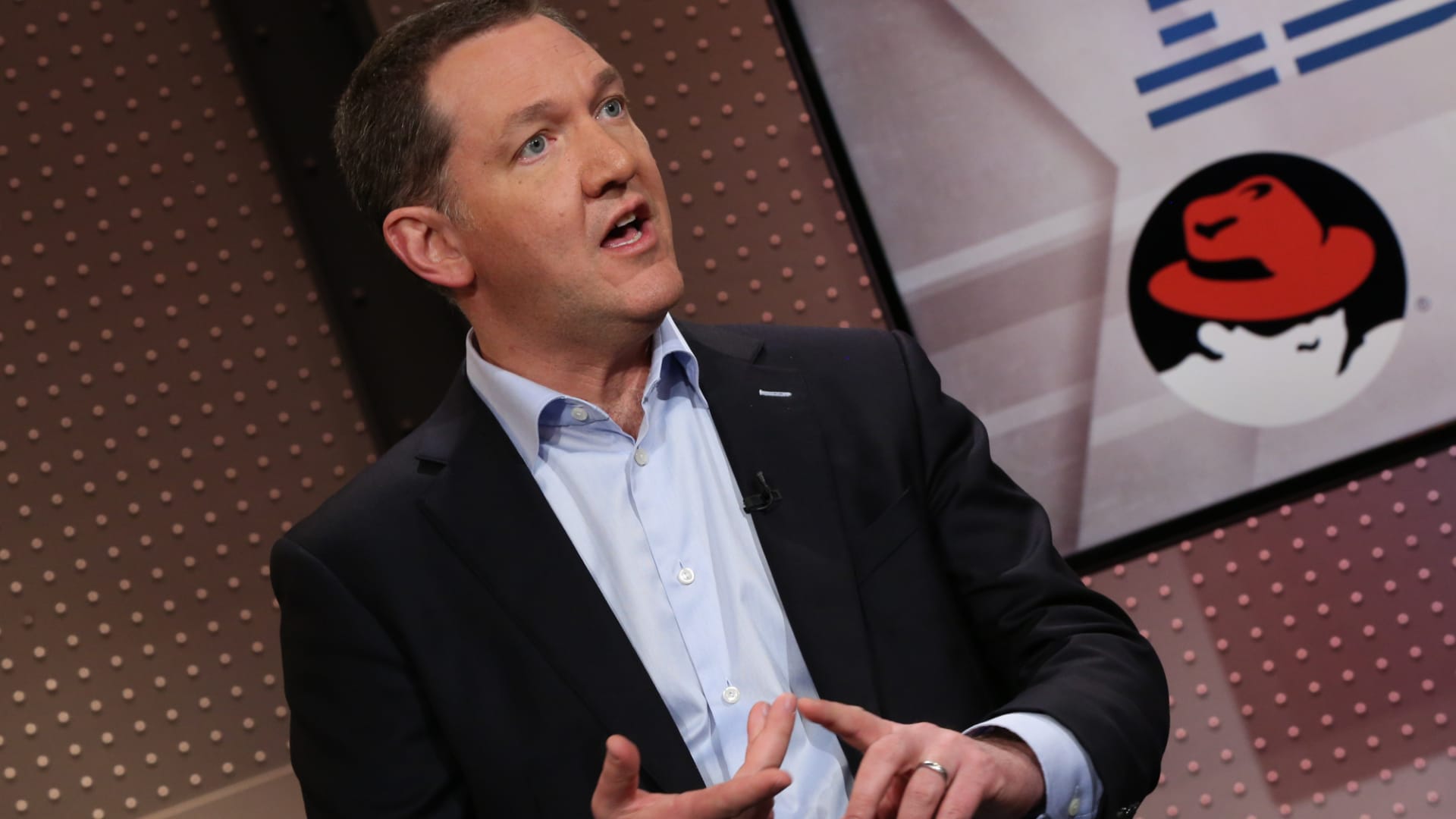[ad_1]
Stay up to date with the biggest stories from Formula 1. Register here to receive the Prime Tire newsletter in your inbox every Tuesday and Friday morning.
When Formula 1 announced in the spring of 2022 that it would organize a race in Las Vegas, it made too much sense not to. The city’s glitzy, entertainment-oriented character is a perfect fit for the sport. All key players have not only invested in 2023, but also in giving it a permanent place on the calendar.
So the F1-Las Vegas union can’t fail, right?
That’s actually possible. We know this because it has failed before – and in somewhat spectacular fashion. All you have to do is look back to 1981 and 1982 to understand why this bet does not offer a guaranteed payout.

GO DEEPER
Our Favorite Las Vegas GP Fan Events, From Valtteri Bottas Hairstyles to ‘Shoey Bars’
The allure of Las Vegas
F1 first came to the Nevada desert in 1981 with the same mindset that characterizes today’s race. There were already two races in the US – at Watkins Glen International in New York and in Long Beach, California – but Vegas offered something different.
As the 1981 season finale, it was hyped as a star-studded affair that would showcase the glitz and glamor Las Vegas had to offer, marketed to a high roller demographic, similar to how casinos promoted other sporting events.
“Caesars (Palace) used to hold these boxing matches in their pavilion behind their hotel,” said Chris Pook, the founder of the Long Beach Grand Prix, who was brought in by race promoters to help organize the new event. “There weren’t many seats, but the seats were very expensive and they were full. Everyone who wanted to come and bet on the fight came, so they sold out within hours.
“So Caesars felt fairly confident that if they did something like this for an F1 race, they would be able to invite all their high rollers to participate and enjoy the event.”

The Caesars Palace Grand Prix, held in a parking lot, lasted just two years. (Bernard Cahier/Getty Images)
Mario Andretti, then driving for Alfa Romeo, was excited when he heard that F1 would be visiting Las Vegas. F1’s popularity in the US increased, with Watkins Glen having established itself and Long Beach soon proving to be quite popular. Racing in a city as attractive as Las Vegas made sense.
Then Andretti heard the details. The race would not be held on a permanent track like Watkins Glen or even on a well-constructed street circuit like Long Beach. Organizers instead opted to build a track in a parking lot next to the Caesars Palace hotel and casino on the Las Vegas Strip.
Therefore, the race was not the Grand Prix of Las Vegas, but the Grand Prix of Caesars Palace.
“We thought that would be exciting, and we were all looking forward to it,” Andretti said. “But after seeing that location where it was, I didn’t think there would be much life there because it was very limited geographically.”
Where the circuit was located in the city and how it was constructed would become a major factor in why F1 lasted only two years in Las Vegas before being ignominiously pulled.
The cost of compromise
It was a compromise. Lacking suitable options elsewhere and the track wanting to be as close as possible to the major casino that supported the event, work had to be done on a small plot of land that backed up to a casino, Interstate 15 and the Las Vegas Strip (which, according to Pook the city did not allow the organizers to make full use of it).
The result was a 14-turn circuit, 2.2 miles counterclockwise, with no elevation changes and many out-and-back sections needed to meet the 2-mile minimum length due to the small footprint.
“It was a challenge to fit it into the space,” Pook said. “It was tough. Even at that time, those cars had to be able to stretch their legs and were somewhat limited by the layout of the circuit.
“It’s a bit unfair to call it a parking lot race because it wasn’t really a parking lot – it was part of a parking lot and a lot of desert and dirt that the track was built on. Caesars spent a lot of money, a huge amount of money, to build the track.
1982 was the last time F1 raced in Las Vegas (circuit on the left). On the right we have a very different layout for 2023. #LasVegasGP #F1 pic.twitter.com/jsi9m2wxJf
— F1 Images (@F1_Images) November 8, 2023
Hitting the track confirmed the skepticism. Andretti and Derek Daly, who also took part in both Caesars Palace Grands Prix, remember a physically demanding circuit with short straights and constantly tight corners. The drivers were put under further strain physically and mentally for the 1982 race, when the ambient temperature was almost 37 °C. (This year, Drivers are more concerned about the cold.)
“The heat was extreme,” Daly said. “For the first time and only time in my life as a driver, with about three laps to go, I started to feel dizzy in the braking zones because it was so hot. I was so dehydrated and the track was so bumpy and there was no rest.”
The circuit was also aesthetically uninspired. Built primarily on the space where The Forum Shops shopping center is now located, that area of Las Vegas in the early 1980s lacked many of the distinctive structures that have since given Las Vegas its distinct appearance. And because the race was held on a Saturday afternoon, the signature neon lights were unnoticeable. The setting was rather dull and lacked the kind of backdrop that should be associated with Las Vegas, home to a high-profile global sporting event.
“It was more of a novelty than an event,” Daly said.
A wedding on the rocks
Support within the city was also muted. Because Caesars Palace solely promoted the race and footed the bill, other casinos and hotels did not help bring the race to the attention of their clientele, which is very different from the new Las Vegas Grand Prix, where almost every prominent casino has a has a financial interest and is therefore motivated. to promote the breed.
According to Andretti and Daly, even though the drivers remained in the casinos, their presence went essentially unnoticed. And while several celebrities were in attendance, there was little buzz surrounding the festivities.
“We all stayed at Caesars Palace, and we could get fully dressed in our rooms, which we did, walk to breakfast in your driver’s suit, which we did, and no one noticed,” Daly said. “Nobody understood Formula 1. Nobody knew Formula 1 drivers.”
It didn’t take long for the participants to realize that the city and F1 were destined to end like so many marriages in Las Vegas: broken up.

Alan Jones, Alain Prost and Bruno Giacomelli during the 1981 Caesars Palace Grand Prix. (Bernard Cahier/Getty Images)
“Honestly, realistically, if you look at everything, there’s no way this thing could have had a long life,” Andretti said. “Mainly, again, because of where it was; you didn’t have a solid infrastructure. At that moment you knew there would only be a year or two left.”
Few were surprised when F1 made a bid after two years Adieu to Las Vegas. With the Caesars Palace Grand Prix being a losing proposition and fan support lukewarm, there was little point in returning, despite years remaining on the contract between the parties.
An IndyCar race was held at the circuit in 1983 and 1984, which also proved unsuccessful. It would be 41 years before F1 returned to Las Vegas, but next week it will be under very different circumstances and in a very different setting.
The new Las Vegas Grand Prix has strong state and local government support and will be held at night on a neon-lit course and in front of an audience of up to 100,000 people each day of the weekend. For comparison, Pook estimates that 20,000 to 25,000 people attended the inaugural Caesars Palace Grand Prix.
What will become of the Las Vegas Grand Prix will be determined over time. However, a lot would have to go wrong for it to come anywhere close to the inglorious legacy that the Caesars Palace Grand Prix has in store in the annals of F1.
“I think the legacy is a lesson learned,” Pook said. “You can’t put two kilos of manure in a one kilo bag. And in this case, Formula 1 was great at the time. The racing was great, the competition was great, everything was great. It just didn’t work. It just wouldn’t fit there. It did not do justice to the Formula 1 product.”

GO DEEPER
An ironic compromise: why the Las Vegas GP starts at 10pm PT
(Main photo from the 1982 Caesars Palace Grand Prix: Bernard Cahier/Getty Images))







